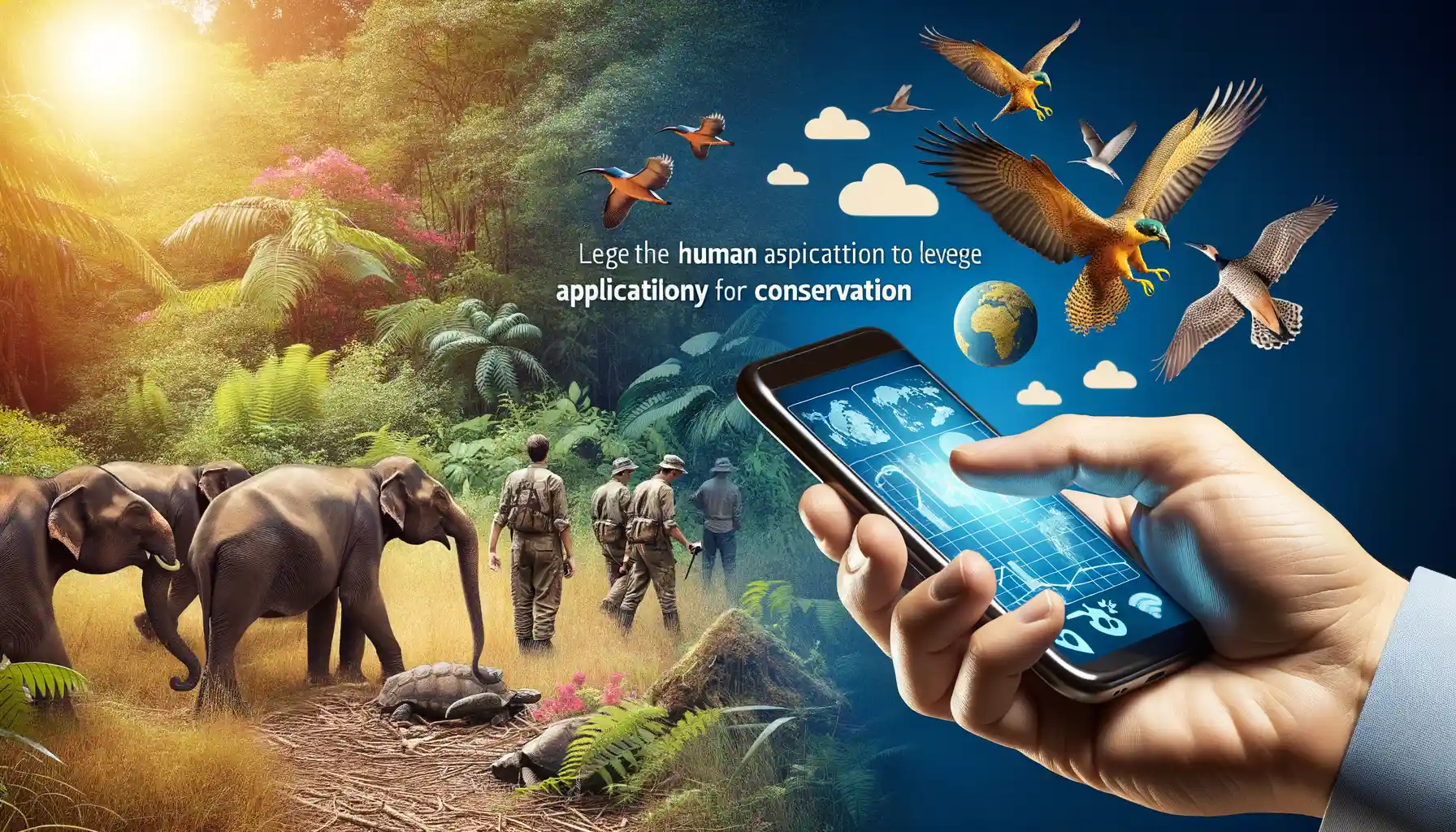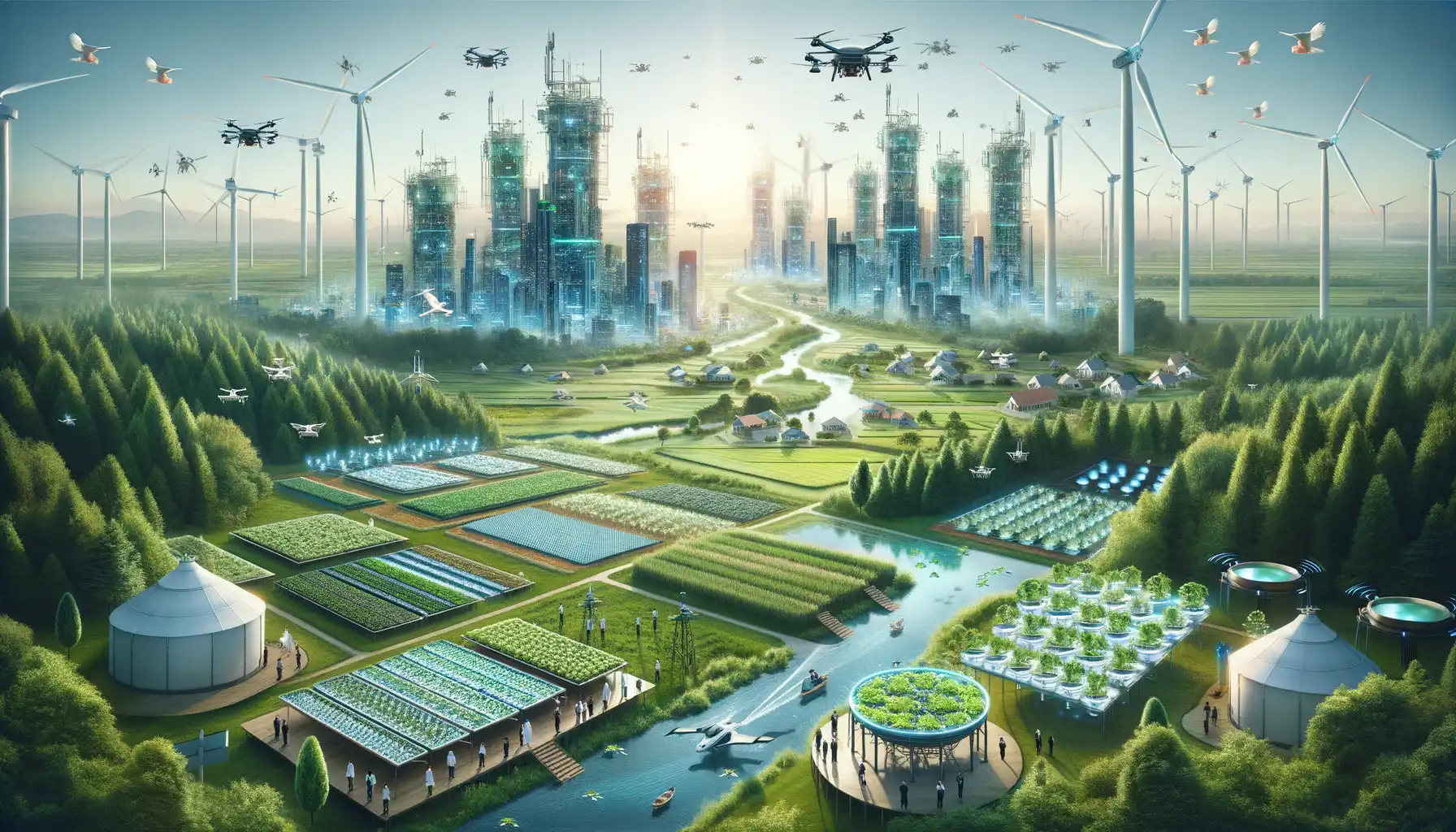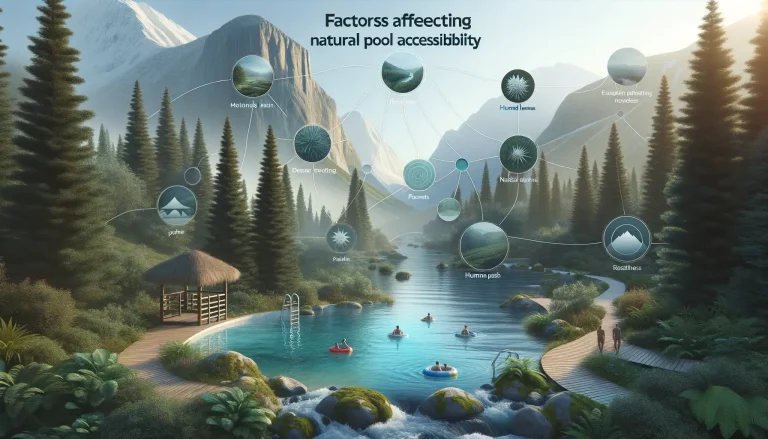Benefits of Using Mobile Applications in Sea Turtle Conservation
How Mobile Apps Revolutionize Conservation Efforts
Imagine holding the power of ocean conservation right in the palm of your hand—literally. Mobile applications have transformed how we protect endangered sea turtles, making complex tasks as seamless as tapping a screen. Gone are the days of bulky equipment and inaccessible data. With just your smartphone, you can actively contribute to saving these gentle giants of the seas.
Why are apps such a game-changer? Here’s what they bring to the conservation table:
- Real-time tracking: Monitor turtle movements across oceans with GPS-based tools, helping researchers uncover migration patterns that were once a mystery.
- Community participation: Empower beachgoers, divers, and local volunteers to report sightings or nesting activity in seconds.
- Streamlined data sharing: Share critical findings instantly with global conservation teams, speeding up decisions to protect habitats.
Apps have something magical about them—they turn ordinary people into eco-heroes, each click rippling outward like a wave.
The Emotional Power of Connection
Using mobile apps in conservation isn’t just tech-savvy; it’s deeply personal. Picture this: you upload a photo of a sea turtle’s nesting site into an app, and moments later, scientists thousands of miles away adjust their strategies to safeguard that very spot. These apps bridge the gap between you and the turtles’ underwater world, creating a tangible connection like never before.
And let’s not forget how apps make learning fun. Suddenly, stats on turtle populations spark curiosity. You’re checking in daily, invested in their survival story. It’s like caring for an old friend you’ve never met—intimate, motivating, and beautifully human.
Key Features of Effective Mobile Apps for Conservation

Intuitive Design: More Than Just Pretty Screens
Imagine opening an app that feels like second nature—no manual needed. That’s the gold standard for effective conservation tools. A mobile app for tracking sea turtles must prioritize usability. Whether you’re a field researcher braving rugged coastlines or a volunteer logging a turtle sighting on your daily beach walk, the design should empower you, not confuse you.
Look for features like:
- Clean, responsive interfaces that work just as well under the glaring sun as they do in dim beachside light.
- Offline functionality because, let’s be honest, Wi-Fi doesn’t stroll along with us on remote sandy shores.
- Simple navigation layouts that let users focus on saving turtles, not scrolling endlessly through menus.
Data at Your Fingertips, Meaning in Your Palm
A stellar conservation app doesn’t just spit out data—it tells a story. With real-time location tracking, users can follow sea turtle migration paths like invisible breadcrumbs scattered across oceans. Features like customizable alerts for nesting events or turtle sightings make participation feel like a treasure hunt instead of tedious record-keeping.
And here’s the kicker—integrating machine learning can turn raw data into insights. Think pattern detection for climate-driven behavioral changes or predicting nesting hotspots. The right mobile app doesn’t just inform; it inspires action by connecting users to the bigger picture.
Examples of Successful Mobile Applications in Tracking Sea Turtles
![]()
Shining Stars in Sea Turtle Tracking
Imagine holding the power of sea turtle conservation right in your pocket! That’s exactly what these incredible mobile applications are doing—blurring the lines between tech and nature to help protect these gentle ocean giants. Here are a few that have made huge waves (pun intended) in the world of conservation.
- Sea Turtle Tracker: This app isn’t just functional; it’s inspiring. Users can follow real-time movements of turtles tagged with GPS trackers. Picture this: one moment you’re sipping coffee, and the next, you’re watching “Shelly” swim across the Caribbean! The app connects people emotionally to the turtles they’re tracking, while also providing researchers with critical migration data.
- TurtleSense: Ever wondered when baby turtles hatch and scurry towards the sea? This app takes the mystery out of that magical moment. By using sensors buried in nests, it alerts both scientists and volunteers when hatchlings are ready to emerge. It’s like a sea turtle baby monitor!
Paving the Way for Citizen Science
A standout gem is The TurtleApp. While it started as a tool for researchers, it quickly morphed into an ecosystem where anyone—from avid divers to casual beachgoers—can log sightings of turtles. You see a green sea turtle during a snorkeling trip? Whip out your phone, mark its location, and voilà, you’ve contributed to vital data collection. Every entry helps build maps that shape future conservation strategies.
These apps offer more than convenience—they provide hope, connection, and a whole new level of engagement for people passionate about protecting marine life. Isn’t it amazing what technology and teamwork can accomplish together?
Challenges in Implementing Mobile Apps for Conservation Efforts

Technical Roadblocks and Real-World Realities
When it comes to integrating mobile apps into conservation efforts, the path isn’t always smooth—it’s more like navigating a rugged coastline at dusk. One of the biggest hurdles is ensuring that these apps function in remote areas where connectivity is barely a whisper. Many sea turtle nesting sites are, after all, on secluded beaches far removed from modern infrastructure. Without reliable internet access, even the most sophisticated app can become as useful as a shell with no turtle inside.
Then there’s the challenge of hardware compatibility. Conservation teams often use older devices or field equipment that may not play nicely with cutting-edge software. And let’s not forget about the steep learning curve some users face. For someone who spends their days protecting hatchlings under the sun, figuring out app interfaces designed by tech-savvy developers can feel like trying to crack an ancient code.
- Battery life: How do you charge devices when the nearest power source is hours away?
- Weather resistance: Can your tools survive salty air, fierce winds, and sudden downpours?
- Data security: It’s not just turtles that need safeguarding; sensitive GPS data must stay protected from misuse.
Funding and Engagement: The Human Factor
Even the most innovative app ideas often hit a wall without sufficient funding. Building an app is one thing, but maintaining it? That’s the long game requiring continuous cash flow. Grants get stretched thin across multiple projects, leaving teams with tough choices about priorities. A partially-funded app can go from promising to obsolete faster than a hatchling scrambling for the waves.
And then there’s the human factor. Imagine asking volunteers, researchers, and locals—each with their own routines and challenges—to adopt a new tool. Resistance is natural. Some might see the app as just another complication added to their already demanding roles. Others may struggle with trust: Will this tech actually help conservation, or is it yet another short-lived trend?
The solution? Patience, creativity, and persistence. Because building bridges between technology and conservation takes as much heart as it does innovation.
Future Trends and Innovations in Conservation Technology

Cutting-Edge Tools Revolutionizing Conservation
Imagine a world where saving sea turtles feels like stepping into a sci-fi movie. Advances in technology are turning this vision into reality, making conservation smarter and more adaptive than ever before. One of the most exciting developments? The emergence of AI-powered tracking systems. These programs can sift through mountains of satellite data in seconds to predict migration patterns, nesting zones, and potential threats. It’s like having a crystal ball—but one powered by machine learning.
Drones are another game-changer, offering real-time monitoring without disturbing fragile habitats. Picture tiny flying scouts capturing turtle activities from above and even alerting researchers to illegal poaching activities. Pair that with innovations like blockchain for transparency in environmental reporting, and we’re setting new standards for accountability.
- Wearable tags on turtles are becoming smaller, lighter—think seashell-sized—but packed with advanced sensors.
- Solar-powered buoys now collect underwater data while staying entirely eco-friendly.
These tools aren’t just gadgets; they’re part of a deeper, collective shift toward using technology as an ally in preserving our oceans. And honestly, isn’t it thrilling to be alive in a time when humans and machines team up for good?
The Rise of Community-Driven Innovation
What’s even more inspiring is how people—not just technology—are driving this transformation. Community-led initiatives are harnessing mobile applications to put control directly in the hands of local conservationists. Imagine a group of coastal residents using a platform to record turtle sightings or flag nests needing protection. Suddenly, everyone becomes a scientist, a protector, a piece of the puzzle.
Some apps are taking gamification to new heights, rewarding users with points or badges for uploading data or identifying trends. These features make caring for sea turtles feel like participating in the most meaningful game you’ve ever played—and who wouldn’t want to win at planetary survival?
As we look ahead, the future of conservation lies in collaboration, creativity, and continually pushing boundaries. It’s a future where every tap on your phone can help save a life.




